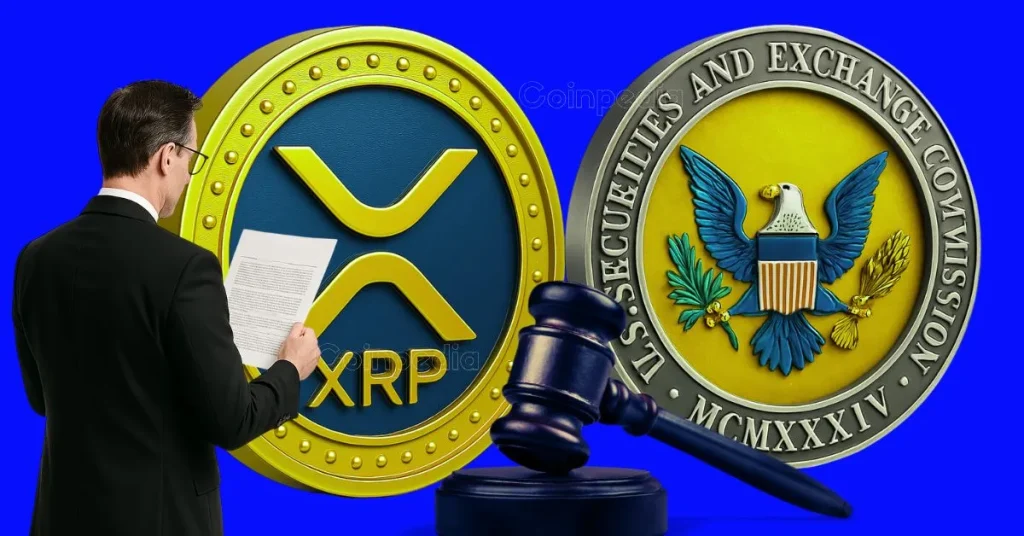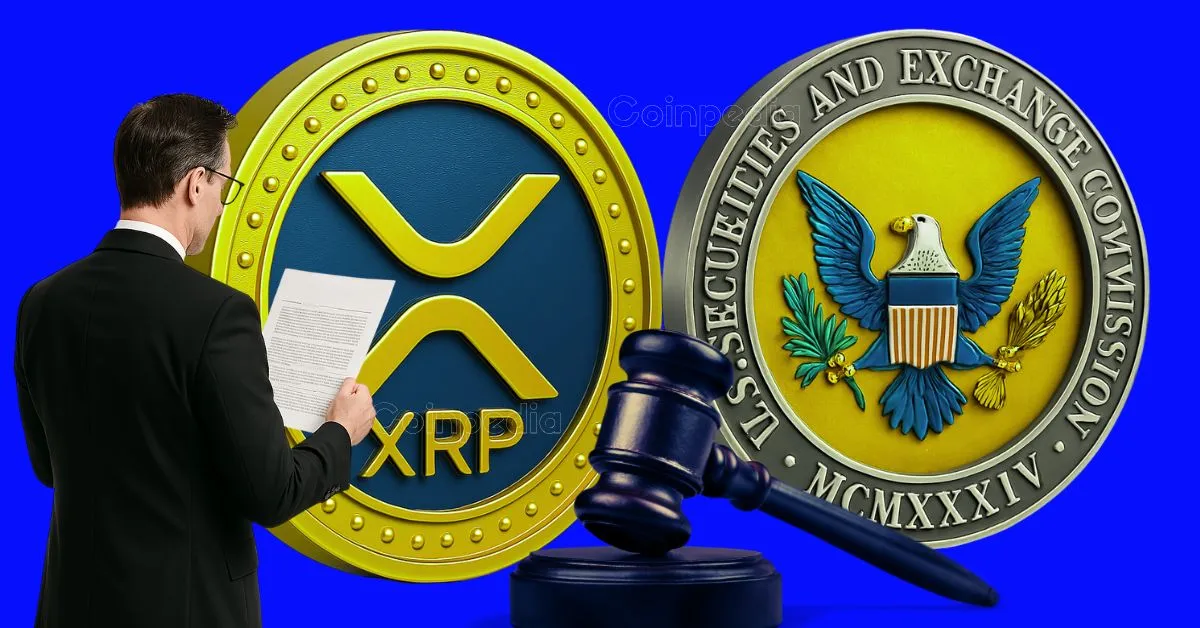
The legal battle between Ripple Labs and the U.S. Securities and Exchange Commission (SEC) has taken another unexpected turn, leaving the crypto community in a state of uncertainty. The recent denial of a joint motion by both parties to settle the case has extended a dispute that has already spanned over four years. This decision has far-reaching implications, not only for Ripple and its cryptocurrency XRP but also for the broader digital asset landscape. As the timeline for resolution stretches further into the future, it is crucial to understand the events leading up to this point, the reasons behind the judge’s decision, and the potential outcomes that lie ahead.
The origins of this legal saga trace back to late 2020 when the SEC filed a lawsuit against Ripple Labs, alleging that the company’s sale of XRP constituted an unregistered securities offering. Since then, the case has been marked by a series of victories and setbacks for both sides. In 2023, Judge Analisa Torres made a significant ruling, determining that XRP sales to the public on exchanges did not qualify as securities transactions. However, institutional sales were deemed to be securities, resulting in a mixed outcome for both parties. The most recent development saw Ripple and the SEC attempting to reach a settlement, proposing to reduce Ripple’s penalty from $125 million to $50 million and lifting certain restrictions on XRP sales. This proposal sparked optimism among investors and traders, who hoped for a swift resolution. However, these hopes were dashed when Judge Torres rejected the joint motion, citing procedural impropriety.
Judge Torres’s decision to block the settlement was not a reflection on the merits of the arguments presented by Ripple or the SEC. Instead, it was a matter of procedure and jurisdiction. The judge emphasized that the court could not endorse a negotiated outcome on the proposed terms without a solid legal foundation. As a result, Ripple remains subject to the original $125 million penalty, and the permanent injunction on certain XRP sales remains in effect. This decision has significant implications for the future of the case, as it preserves the original judgment and pushes the question of settlement, modification, or appeal further down the road.
The immediate market reaction to the denial of the joint motion was swift and negative. News of the decision triggered a downward slide in XRP’s price, reflecting the disappointment and uncertainty among traders and investors. While short-term price volatility is common in the crypto market, the longer-term uncertainty now weighs heavily on the market. The lack of regulatory clarity has far-reaching implications for the broader digital asset landscape, as other crypto projects with tokens in similar legal gray areas are forced to operate in a state of regulatory limbo.
Legal analysts have quickly weighed in on the implications of the judge’s decision and the potential next steps for both Ripple and the SEC. Fred Rispoli, a well-known attorney in the crypto space, noted that both parties must now report their status to the Second Circuit Court of Appeals in August. This report will reveal whether either side plans to appeal further or, against the odds, push for a new settlement. If either party pursues a full appeal, the timeline for resolution could stretch into late 2026 or even 2027. Alternatively, if both parties opt for renewed negotiation and can satisfy the court’s procedural requirements, a settled outcome before then is possible, albeit far from assured.
The path forward for Ripple and the SEC is fraught with uncertainty and potential pitfalls. The failed joint motion highlights the delicate balance both parties must strike in their legal strategies. Ripple is eager to resolve the case to gain business certainty and access to markets, particularly in the U.S. On the other hand, the SEC is under pressure to assert its authority over digital assets and provide regulatory clarity. However, the process is anything but straightforward. Courts do not simply rubber-stamp deals because both sides agree; sound legal justification must be presented. Former SEC lawyers have suggested that Ripple’s best hope may lie in crafting a more robust motion that addresses the court’s procedural and jurisdictional concerns. However, such a move will take time and may require public concessions that Ripple is reluctant to make.
The implications of this case extend far beyond Ripple and XRP. The lawsuit has always been about more than just one company or one cryptocurrency. It is a bellwether for how the U.S. legal system will address crypto assets, new forms of fundraising, and innovative financial technologies. The denial of the joint motion means that regulatory clarity remains elusive, both for Ripple and the broader market. Many startups and investors will closely watch the next phase of the lawsuit for signals about compliance, enforcement risk, and the prospects for future innovation.
Ripple’s leadership has emphasized their commitment to arguing for XRP’s legal status and pushing back against what they describe as regulatory overreach. In public statements, the company has reaffirmed its confidence in prior court findings that favored Ripple on retail XRP sales, while criticizing the delays caused by continued litigation. However, the harsh reality is that ongoing appeals or motions mean continued expense, operational restrictions, and business uncertainty. For companies operating in the U.S. crypto space, the Ripple case serves as a cautionary tale, highlighting the slow, fraught, and unpredictable nature of regulatory and judicial processes.
In conclusion, the denial of the Ripple-SEC joint motion is a significant setback that has replaced the prospect of a swift, negotiated closure with more waiting, legal wrangling, and questions. The next critical juncture arrives in August when both sides must declare their intentions to the appeals court. If no solution emerges, the path leads toward appeals and potentially years more before final answers arrive. For Ripple, the costs are clear: uncertainty, limits on business, and lingering tension over which side will blink. For the SEC, the case is a showcase for its approach to digital assets but also a reminder of the judicial scrutiny its claims will face. For everyone else—the crypto industry, investors, and observers—the result is another lesson in the complexity and inertia of the U.S. regulatory system. The Ripple-SEC showdown is far from over, and its importance only grows with time. As the case drags into late 2025 and likely beyond, the rest of the digital asset world remains caught in its wake, hoping that, someday, legal clarity will finally arrive.





